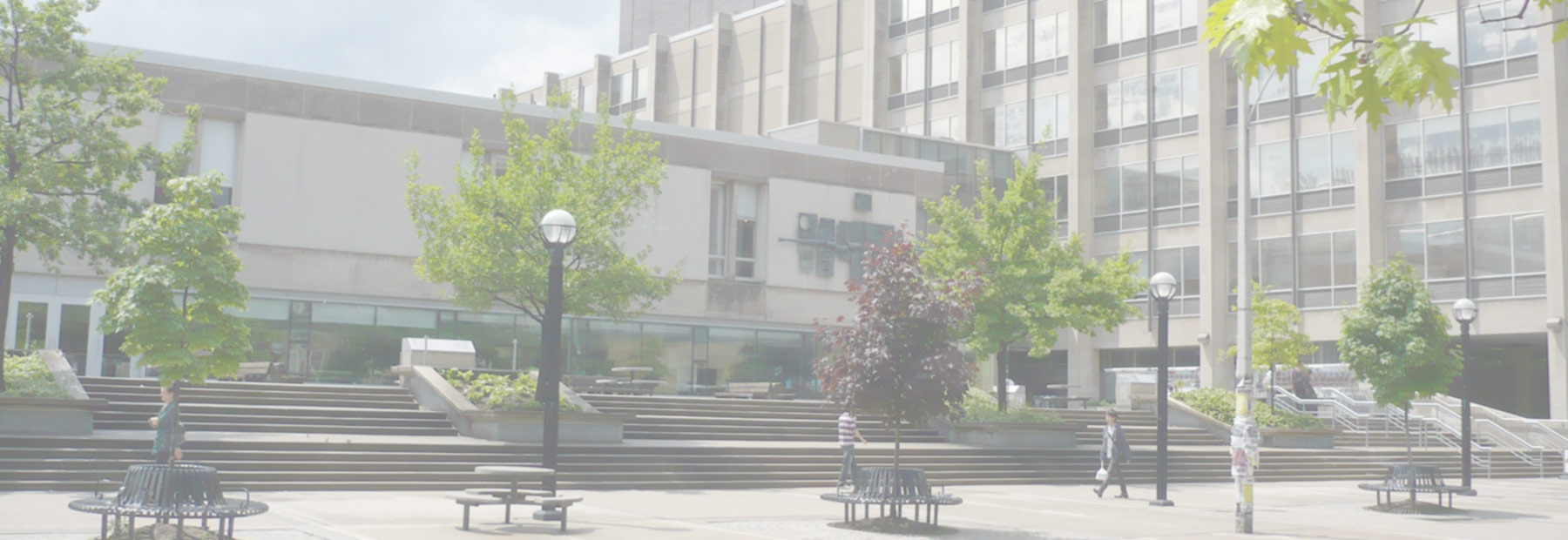The Peter H. Brieger Memorial Lecture, the flagship public lecture series at the University of Toronto Department of Art History, has entered its fifth decade. Established in 1984 in memory of Professor Peter H. Brieger (1898–1983)—a distinguished medievalist and one of the department’s founders—the series has provided a vital platform for art historical dialogue in Canada.
We asked Professor Brieger’s son Peter to reflect on the series, how it relates to his father’s approach to teaching, and where the study of art history might go from here.
“I doubt he ever imagined a memorial lecture would be established or that it would have continued for 41 years. He would have been most grateful to his faculty successors for all the hard work that has gone into maintaining the series.”

A scholar and a teacher
Professor Brieger specialized in 12th- and 13th-century manuscripts. Trained under Heinrich Wölfflin and Paul Frankl, he belonged to a generation of German scholars who helped define the discipline of art history. He was stripped of his professorship in Nazi Germany and joined the newly established University of Toronto Department of Fine Art in 1936. Brieger took the reins as head of the department in 1947 and served as its chair until 1964.
For his son Peter, Brieger’s legacy centres on the relationships he fostered. In Europe when his father was educated, he explains, professors formed close intellectual bonds with their students. “He carried on that tradition at U of T.”
The Briegers frequently hosted faculty and students at their family home in Toronto or at the Mud House, near Port Hope. “It is as a teacher that he probably would have wished to be remembered,” wrote the late Professor Luba Esther Eleen.
Former student Julian Porter, KC, recalls “this wonderful professor who carried an attractive European lisp which still rings in my ears; gentle, persuading, different…. It has given me a life with a love of Rembrandt, and a love of the culture of Europe.” An accomplished litigator, Porter credits his “favourite professor, Peter Brieger,” for igniting his lifelong passion for art and inspiring him to write two beloved books for museumgoers.
Four decades of distinguished speakers
In 1984, following Professor Brieger’s death, his wife Barbara helped establish the annual Brieger Memorial Lecture. She shepherded it through its first twelve years. After that, their son Peter and the firm he founded, GlobeInvest Capital Management, picked up the financial reins.
Over four decades, the lecture series has brought many of art history’s leading lights to Toronto. The inaugural lecture featured Hans Belting, who helped launch the turn toward “image studies.” Other distinguished speakers have included Herbert L. Kessler, renowned for showing how medieval images functioned as theology in visual form, and Joseph Leo Koerner, whose BBC series Northern Renaissance brought his path-breaking scholarship on Dürer, Cranach, and the Reformation to a broad public. Last year’s fortieth anniversary lecture, delivered by Sonja Drimmer, argued that medieval coins constituted an early form of print culture. Her talk drew a record audience of 110 people.

Over the years, thousands of people have attended the lectures. “The series has become a living tradition, connecting generations of scholars,” says Professor Joseph Clarke, Chair of the Department of Art History.
Among its most devoted attendees are departmental alumni like Noreen Taylor, Chancellor Emerita of Ontario Tech University, and Jane Smith, longtime National Ballet School faculty member and respected arts educator. Taylor’s description of her student experience captures what draws many back annually: “The world opened up whilst sitting in a darkened room as image after image was projected on a screen. Via the Art History department at U of T, we travelled the world through time and space.” Smith credits her “four wonderful years in the Department of Art History” with launching her career teaching at the National Ballet School and her work as a docent at the Art Gallery of Ontario.
Looking ahead
Today, art history is one of the University of Toronto’s fastest-growing humanities programs. “In the early years, my father was grateful for the handful of students who enrolled in art history,” Brieger’s son Peter reflects. “He would be ecstatic to see the number of students today.”
Where does the series go from here? The next Brieger lecture, in March 2026, will feature a dialogue between two scholars. Paul Binski of the University of Cambridge and Elina Gertsman of Case Western Reserve University will reflect on how medieval art is studied and understood today, and how the field is evolving. Their conversation will touch on questions of memory, personal experience, and historical method, offering fresh perspectives on how the art of the past speaks to the present.
As the series approaches its fiftieth anniversary in 2034, the Brieger family’s commitment continues into a third generation, with Peter’s daughter Tracey joining the stewardship of the lecture. Meanwhile, Peter is working to ensure the series remains sustainable. “It is becoming increasingly costly to bring in distinguished scholars to speak,” he notes, “so we’re aiming to strengthen the endowment to ensure the series can flourish for generations to come.”
The series’s enduring success and growing ambitions reflect Professor Brieger’s commitment to scholarship shared in community. As his son Peter puts it simply: “It’s what my father would have done,” a sentiment that captures both the lecture’s deep roots and its continuing momentum.


